|
A few weeks back, a Twitter (or X) war broke out surrounding the comments of an author with an unpopular opinion. Shocker. Like we’ve never seen that before. Time and time again this happens. It is, after all, the nature of Twitter. But the harm of this conversation did not come from an argument; it came from a group of ‘concerned individuals’ who took screenshots of the argument and sought out the real-world connections of these authors. They sought to get them canceled by publishers and agents. And they succeeded. The original poster lost a beta reader client and I lost my publisher. So you may think the rest of this essay is an opportunity to lash out at the cancel culture of Twitter or the publisher in question, but that’s not the point of what I have to say. There is a far more important issue at hand, and it goes back to the original argument in question: Can slave owners, during the time when slavery was not illegal or perceived as ‘bad,’ be considered otherwise moral people? The Twitter argument coincided with the New York decision to remove statues of Thomas Jefferson and George Washington, two founders of our nation who helped create the country many of us call home. Two American heroes with generations of admirers were brought into question. For a large swath of the population, the declaration of ‘immoral,’ especially to the point of tearing down statues is unfathomable and enraging. This author believed that yes, a person could be perceived as moral and also be a slave owner – at least when their era was taken into consideration. He then went on with this thought in the comment section, replying to others who disagreed. It was a deeply nuanced conversation and more of a thought experiment than a political stance. In no way was he saying that slavery was good – in fact, it was denounced in strong terms. It was a discussion on morality itself. Folks started retweeting his posts, demanding others contact his publisher to get him fired. And that was too far in my opinion. It was the second time that week that I had seen an author be faced with such unnecessary drama, and I could not walk past and say nothing. Well, that ticked off everyone. How dare I say that a person should not have their life destroyed for having an unpopular opinion? For exploring the question of morality – something that authors MUST do in order to write compelling characters? For conducting a thought experiment that I myself did a few years back when I wrote my Historical Fiction novel (that exists, but is not yet available for purchase). I refuse to believe that this is a bad question. After all, Aristotle defended slavery – should we throw him out entirely? Robespierre abolished slavery but was behind the arbitrary beheading of thousands. What do we do with him? Is it really a good idea for society to determine a person to be the epitome of evil for one issue? For any issue? This is a terrible idea. Regardless of the level of villainy, if we start looking at people, especially groups, as evil rather than flawed humans, we’re in for a world of hurt. Time and time again we’ve seen what happens where such tribalism leads. If we view Thomas Jefferson as the epitome of evil, then what does that make anyone who liked him as a president? Or who liked him for his economic theory? It turns them into the epitome of evil themselves, to slavery apologists. And what do people do with evil? They attack it. That, however, is just one part of the problem. When your worldview labels people as scum of the earth, it causes a person to fail to recognize themselves. Nobody thinks of themselves as evil. If they were born in the 1700s, they would have known slavery was evil and would not have committed such atrocities. Of course, statistically, this is highly improbable, but when would that matter? Oprah Winfrey once traveled to Auschwitz with Elie Wiesel, a prominent author, educator, and Holocaust survivor. There she speculated that the people who committed such atrocities had to be a ‘different kind of human.’ Mr. Wiesel, however, was quick to correct her, telling her that the people who ran these camps were just – people. Flawed, blind people, full of their own motivations and deceitful, selfish hearts. When one believes that only morally abhorrent people are capable of evil, they fail to see their own potential for atrocities. We are all of us a razor’s edge from darkness, and it is of God’s mercy that we are not all consumed. In fact, many people are currently engaging in evil acts that are approved by society without even realizing it. History will not be kind to a large swath of the population on a number of issues. Still, one cannot recognize that in themselves if they believe that only a ‘certain type of person’ is capable of atrocities. One can only pray that they are not guilty of such things themselves. After all, the scariest villain is the one we could become. Things started getting out of hand pretty quickly in ye old comment section, so I wrote a three-part tweet clarifying my opinion. So, again, I will say it: No. I do not believe slave owners are moral. As a religious person, I don’t believe ANYONE is moral. “There is none righteous, no not one.” (Rm 3:10). People are people. They are capable of both good and evil. They are also capable of being deceived – especially as it concerns their own self-righteousness. (Twitter stone-casters, I’m looking at you.)
Of course, this argument was not enough to save me – primarily because I called people nearsighted in the first tweet (which they were). As I mentioned earlier, it was a topic of some depth and people were not thinking further than the surface level. In finality, I will say this: I believe I have thoroughly explained my position above just as I did in part on Twitter earlier. A person can choose to distort my words and change my meanings – in fact, people still may try to do that even now. At this point, however, I truly believe any person who attempts to do so is willing blind and foolish. And I cannot help them with that. That is their decision and they will own it wholly.
1 Comment
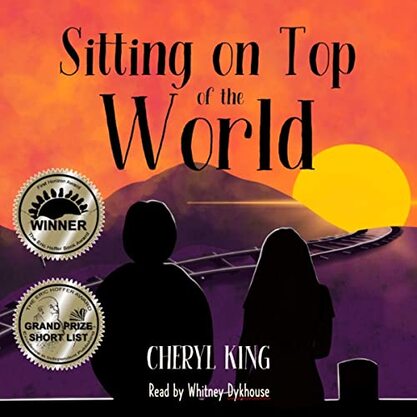 How do I know Cheryl King, author of SITTING ON TOP OF THE WORLD? Well, in a way, I feel as if we grew up together. But not in the way one would think. See, Cheryl and I did not share a childhood and have never actually met in person, but we both started our author careers with a small press called City Limits Publishing based in Nashville, TN. My first published novel, SURVIVING MIDAS, was to be published in August of that infamous year, and Cheryl's book came out a couple of months before mine. Right when the bottom fell out of the whole scheme. Right after the launch of SITTING ON TOP OF THE WORLD, CLP closed its doors. Suddenly, all of their authors (including Cheryl and I) were left in a state of limbo. We were in the middle of a promotional campaign, promising readers, family and friends alike, a book. But was there any book to be had? I have not been able to keep up with all of the CLP folks, but I did keep up with Cheryl on a casual basis. Cheryl, who is not only an excellent author but a lionhearted trooper, went on to self-publish her first novel and has the sequel coming out very soon! Very recently, I was privileged enough to read this first book. So, what is this book about anyway? Summary for SITTING ON TOP OF THE WORLD June Baker was just a girl when the first bank run of the Great Depression happened, and, while she did not quite know what such a thing meant, she could tell from the adults in her life that it was not good. But no one could have prepared her for how bad it was going to be. First the banks dry up. Then the jobs. Then the money. Then the food. Too bad the bills, however, remain, and if June's parents don't do something fast, they're going to lose the farm. Even though she's but a mite, June rolls up her sleeves and dives right into helping her family. But no matter how hard they try to make ends meet, things just keep getting worse and worse. From sickness to injuries to bad crop years, it soon becomes clear that June's family will be forever changed by this Great Depression -- if they make it out of it that is. Only one hope remains for this family: work found out west that June's older brother Josey rides the rails to find. But riding the rails is dangerous business. Not everyone makes it back in one piece. SITTING ON TOP OF THE WORLD is a middle-grade historical fiction novel told in the voice of young June Baker. It follows the Baker family from the start of the Depression and into the depths of it. The characters are realistic and heart-warming -- which makes the pain all the more great to see what they are dealing with. I didn't quite cry in this one, but I certainly came close! Cheryl has definitely done her homework as it concerns the historical context of the tale. She brings you right into the story and you feel almost as if it's happening to you! I would definitely recommend this book to any reader -- especially those looking for Charlotte Mason style "living books." Go HERE to find Cheryl's Book SITTING ON TOP OF THE WORLD! Everyone Gets afraid. Not everyone gets terrified.And not everyone gets terrified for unperceivable reasons to the point that it interferes with daily living. That’s an anxiety disorder. And that’s what I’m talking about today. Yes, I still get afraid. Yes, I still get the jitters before going to social events or before participating in something far outside my comfort zone. I still get irritable when overstimulated and angry when facing down fears. But I no longer have an anxiety disorder. In other words, it no longer controls me. It no longer causes me to live life with limits. I have beaten it. I don’t think everyone realizes that anxiety is something that can be beaten. So many people I know live in a spiral of anxious thoughts and panic attacks. They find themselves unable to do things because of these racing thoughts, of these squeezing sensations about the chest. But you don’t have to live this way. Well, yours must not have been that bad, you say. Mine is way worse. Maybe. There are some really severe cases out there, but for the general sufferer – I doubt it. I could not eat. I could not sleep. In fact, eating and sleeping became triggers for my anxiety, and then the anxiety itself became one. I went days without sleep, and if I tried to take medication to alleviate my symptoms, it would only make it worse. I would nod off to sleep for seconds at a time only to awaken in terror. 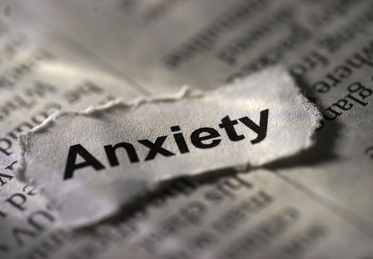 All of this was exacerbated after the birth of my son. There was, at that time, a measurable drop in my progesterone levels that sent me over the edge. But I had been dealing with anxiety and panic attacks for years before that. Looking back, I had self-diagnosed these as blood sugar drops, but considering the surrounding circumstances I now find this unlikely. There were times when I left after vomiting from stress. I even ended up in the ER for some of these times while thinking that my gallbladder was about to rupture. All of the ultrasounds came back negative, but I was convinced this was a medical problem rather than a psychological one. When the panic attacks came and haunted me for hours each night, when my ER trips became more frequent and yet nothing was wrong, I had to acknowledge the truth. I had an anxiety disorder. But what about your progesterone levels? Yes, those were bad. And we found and fixed them rather quickly. Didn’t help. See, the sudden drop in progesterone might have worsened all this, but it didn’t sustain it. A learned thought process did. My fear, my phobia if you will, was anxiety itself. And anytime I felt slight discomfort (needing to go to the bathroom, feeling hungry, feeling sleepy), I would then feel anxious. And my first thought was ‘Oh no! Not again!’ Cue more anxiety, cue more spiraling.  So, what did we do? Attempt 1: Modern medicine. Namely antidepressants. Toss in a few sleep aids and CBD. Didn’t help. These meds help some people. They didn’t help me, because I was so afraid they wouldn’t. My brain would not switch off. It literally would not let the meds work. So I would lay there, doped up and shaking, unintentionally fighting the meds. I would doze off for a half-of-a-second and wake back up in terror. My husband reports it being quite disturbing to observe. Attempt 2: Exercise This worked decently – for a while. Basically, I would load up my child into a stroller and walk until I had no more energy to be anxious. Eventually, it didn’t matter how much I walked though, the anxiety would be back an hour or two later. Attempt 3: Diet This helped – for a while. Basically, I cut out sugar. While there were some health benefits that I might consider taking up again now that I’m well, the effects were helpful in the short-term. But the anxiety crept back. Attempt 4: Holistic Therapy and Meditation By the time we reached Attempt 4, I was desperate. I was not depressed when I started all this, but anxiety has a way to bring that in. And no wonder! After using up all of my energy on being anxious, I literally had no place to fall but into depression. This wasn’t just a bad weekend, mind you. At this point, we were a year into this process. I felt worthless. I felt like I couldn’t raise my son. I couldn’t work. I was a bad wife. Everything was bad. It was not that I did not want to live, but I couldn’t keep living like this. So, I contacted a friend who had been through a postpartum psychosis event and asked her who she went to see. And I made an appointment with a holistic therapist. Meanwhile, I also downloaded the Headspace app.  The first thing my therapist did was to load me up with some coping skills. I’ll mention grounding here – although there are several others – because it connects directly to meditation and the point I’m making there. Grounding – where you acknowledge the things around you that are in the physical realm. Floor beneath your feet, the feel of the A/C in the room, the smell of coffee brewing. Whatever is around you, ground yourself into that moment and see that the marauders are not actually at the door. You are in your home and you are safe. This is best practiced before an actual anxiety event. When you were learning how to be anxious, you were carving learned pathways into your brain. With grounding, you are doing the same thing. Then, when the anxiety comes, your brain will find those carved pathways easier. When the anxiety moves in, don’t stop it. Let it do its thing. Just ground. 2 seconds later the anxiety is back. Ground again. Over. And. Over. Eventually, 2 things would happen. The anxiety would go away or the anxiety would take over. If the latter happened, I did nothing to stop it. I allowed it to do its thing while reminding myself that it was temporary. Often, I would ramp up the distractions. I would turn on a movie and ground myself to it. The anxiety would come, it would do its thing, but I would reorient myself to the movie. It was exhausting. I did it anyway.  Meditation – The Headspace App probably saved my life. (I receive no compensation from the headspace folks). In the same way that grounding helps the most while practicing it in times of lessened anxiety, meditation works best when done at the same time every day. Yes, there are ‘emergency meditations’ that can help bring you out of an attack. Those are great, but they cannot replace daily practice. After downloading the HeadSpace app, I found one of these emergency meditations and used it during a severe attack. It worked. After months of nothing working, this one did because it combined principles of grounding into mindfulness. In the HeadSpace app, they had a section for ‘anxiety.’ For days then weeks you practice focusing on your breathing while thoughts come through your head. Inevitably, you get distracted and chase after those passing thoughts, but the goal is to bring your attention back to the body and to the breathing. You’re literally practicing letting go of thinking. Anxious thinking. Happy thinking. Doesn’t matter. Everything gets interrupted and the flow is returned to the here and now. To the breath. Then, when the anxiety attack comes, you are prepared to cut off that thinking, acknowledge it for what it is, and return back to the physical. Namely, to return to whatever it was that you were doing before the attack. Results: Two things? That’s it? Well, there were others, but mostly, yeah. Now, don't for a moment think that it was easy. This took about 2 years of intense work, and still, on occasion, I slide back a bit. But overall, I am much improved. At least, anxiety is no longer a major part of my life. The brain can be trained. With grounding and meditation, I was able to feel the anxiety in my body, recognize it for what it was, and not fight it. I would note it, ground, and move on, but I stopped resisting it. I stopped feeding it. Finally, I was able to see the blue sky behind the clouds. Often just for a peek, but that peek was enough to remind me of its existence. And the existence caused me to strive for another glimpse. This is not an easy fix. It’s a committed, every day practice. It’s looking at what scares you the most and letting it come anyway. Am I less afraid for this practice? No. But I am braver. Because I have faced down my worst fears and survived. And now I am free to face other fears and see what life will bring. If you or someone you know is struggling with mental health, please reach out to a licensed provider. This blog is not meant to be used as a tool to diagnose and treat mental illness, but to document my experience with this struggle and what worked for me. How to Introduce Characters Without Overwhelming Readers 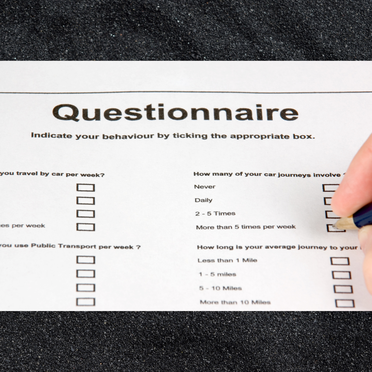 If you’ve been pursuing writing for any amount of time, you’ve probably come across those little charts that help you list every personality quirk known to man about your characters. What’s their favorite color? Their favorite food? When was their last BM and do they have problems with this? Oh wait, no, that’s a nursing questionnaire. Sometimes I get my careers mixed up. Point being, these little charts are ubiquitous to writing blogs and can be helpful when coming up with character basics. These tools, however, don’t help you introduce your characters to your readers. In fact, the majority of the things listed on the questionnaire are completely insignificant to the story that you are trying to tell. And yet time and time again, I’ve seen writers trying to dump this information into their stories, and all it does is muddy the water for your readers. I liken the experience to those word math problems back in school. In the older grades, the test creators would add superfluous information to the scenario to see if students could differentiate between relevant and irrelevant data. But you’re not trying to test the IQ of your readers. You’re supposed to be taking them on an entertaining journey through this world you’ve created. Differentiating relevant vs. irrelevant data is YOUR job. But I worked so hard on this questionnaire! Now, I love my characters and want my readers to love them just as I do. Won’t they care about their favorite type of ice cream? No. They won’t. If it has NOTHING to do with the plot, I assure you of this, they will not care. People can only take in a certain amount of data before their eyes roll back into their heads, exposing the words ‘Memory Full’ written in the whites. And the perfect way to create this scenario is to bore them with facts. While knowing superfluous information about your characters can be helpful for the author, it should not be neglected for the core things.  Who is your main character seems like a basic question, but when you have a cast of twenty people, it can be hard to say. Sometimes X is running the show and at other times Y takes the lead. But who, at the core of your story, is the main person? Who owns the story arc? Who’s making that hero’s journey as it were? If you don’t know, then how will your readers know? Start there, then build your characters around that pillar. If it helps, remove the character’s names. Reduce these people down to their titles: main character (MC), MC’s best friend, MC’s rival, MC’s brother. Then use those anchoring features to introduce them to your readers from the perspective of the MC. It’s okay to tell your readers who these folks are too. In fact, I urge you, especially as a beginner, to do so. This is not always one of those ‘showing is better than telling’ sort of things. Sure, do that later when you try to describe the quality of the relationship, but when you’re grounding your reader into your story, just throwing out a fact is completely fine. The reader is already going to be lining up the cast in relation to the MC anyway, all you’ve done is assisted them in doing so. Now, each time X shows up, the reader will be going ‘oh right, the best friend.’ Labeling helps people categorize and keep track, which is essential at the beginning of a relationship. Another benefit to this statement of facts is the shorthand that comes with it. A best friend is trusted, loved, a confidant, etc. A rival is none of those things and often despised. With that position alone you have helped the reader know what to expect from your characters without listing out every detail of his life. You can continue with locations as well. When you introduce a new setting, make it personal to your MC. MC’s hometown/planet, MC’s bedroom, MC’s college dorm room, MC’s spaceship. Again, you are signaling with shorthand something to your reader, a feeling perhaps. Nostalgia? Familiarity? Remorse? This feeling, of course, will vary according to your character and their backstory. Instead of starting from scratch with your descriptions, you can use these preconceptions as a foundation from which to build. Then, after you have these basics established, start to add the little details – not in excess, but slowly, as the story progresses. If ice cream comes up naturally in the flow of the story, then here’s your chance to put that bit of information out there! But don’t just fill your pages with trivia. It will do nothing but distract from what your readers MUST know. Reading is supposed to be fun. Don’t make your audience work for it. My first book in the Surviving Midas Series came out two weeks ago, but for years, this book had been completed and on my shelves waiting for the right publisher to come along to bring it to life! So far the sales for this novel have been doing well, but one of the most beneficial parts of this journey has come from the friends I met along the way! I knew the value of critique partners. They helped me get my writing from beginner stages to where it is now. Unfortunately, the relationship on the website I used to find my buddies usually ended after the critique exchange was completed. They would leave their comments and move on with their lives, probably back to their own writing. Then I would be left with their comments and the process of figuring out best how to work with the suggestions they left. But, until now, I have not had many people to brainstorm with. My family is exhausted from being asked questions about writing scenes or changes that could be made to characters. They played nice, but I didn't want them to start hiding any time I came around. It was time to find some real-life writing friends.  The sequel to Surviving Midas, Escaping Midas has lived for about six months less than its predecessor. In that time of existence, there has always been this scene that has bugged me. I knew it was a bit too similar to another scene and a bit cliche on top of that. Beta readers mentioned it too, but all my efforts to change it just did not make the problem go away! It was still too alike! Recently, however, I became friends with an author and manga artist. We both have the same publisher, and while I’ve promised to look over her work (if you’re reading this, I swear, I’m still going to do it!), she has already read two of my books! While she was reading through book two, however, the mention of ye ole scene surfaced once more . . . And what was worse, she described it as causing weariness. Weariness! Now that just can’t be. That’s the OPPOSITE a writer wants to hear, but still, what to do, what to do? Well, she made a suggestion. Immediately, I shot down the suggestion. That wouldn’t work because of X, or, if I had to change X, I’d have to change Y. Unless . . . Whenever you hear yourself saying unless, it’s time to sit up and listen. That’s the creative juices starting to flow. Your writer’s wings are just starting to stretch. Dust will soon be flying off your pinions as you take flight with this idea. Unless . . . I wish I could describe the scene. I wish I could say exactly what she said, but doing so would give away some AWESOME spoilers. All I can say is that in this one little suggestion, she has injected more heart, more emotion, and more stakes into this novel (and the one that follows!) than I could after staring at it for literal years. The old frightful scene works and it sets up everything else that follows. And THAT is why writing friends are a MUST. The Dirty Book Selling Secret I’m a researcher. Not that I like research stuff for my stories (I do, whether I’m apt to admit that or not) but I research other things in my life, often to death. This book selling thing has been no exception. For hours I have scoured the internet looking for the best way to sell this book, for the next tip, the next secret on how to host a successful signing. And do you know what I’ve found? There’s no secret. There’s no easy way to do any of this stuff. Sure, there are tips and tricks and methods that may work. And yes, some people might get lucky. They might stumble upon an agent who will represent their work and a publisher willing to pay out that million dollar advance (over three years with taxes taking the majority of the payout and the agent still getting their cut). Some people might immediately stumble upon their niche target audience and sell a million copies. But most of the people whom I’ve seen have the biggest success have one thing in common: Tenacity. There’s a woman on Twitter that I like to watch. She’s funny, smart, sarcastic, all the things that make you want to grab your popcorn, sit back, and observe. The other day, she made an off hand remark about selling 1000 copies this year. My stomach turned sour. 1000 copies? How in the . . . This was this woman’s first book! Up until now, she had not had any of her original work published! But, because I had spoken to this woman not long back, I knew that her story was not that simple. Yes, this is this lady’s first published book, but she has been writing and publishing for the past twenty years. Her work was just all on Wattpad. It was here that she built her audience and found her dedicated readers. Her Wattpad Readers LOVE her stories, and some of her fans have even translated her works into multiple languages. She may have just started publishing, but this is not the first year of her starting her ‘fan base.’ That has been in the works for years.  So, what do you do if nobody knows who you are? Do you give up and say there’s no point? Or do you keep putting yourself out there and hoping people will notice you? I can’t promise success will come in my life or yours, dear reader. Even the Big 5 publishing houses can’t guarantee that for their authors. I can guarantee this, however, if you or I give up, we will fail. So let’s all look at the mountain before us, acknowledge its existence, and keep trudging upwards. It may be bigger than it looks at the base or it might be smaller, but we’ll never know if we stop and turn back. I originally wrote this blog post the day my novel Surviving Midas launched, but I did not want the sentiment to shadow over a very happy day. But, I still think this perspective is important. Sometimes our happiest days are coated with a level of melancholy. We fear we will lose that happiness we find so rare in our lives. Then, before we know it, our fears have taken over our joy. So how can I ever be truly happy? Happiness is Hard Happiness is hard when you are struggling with fear. And I don’t mean it’s hard to get happy–it is, but that’s a topic for another time. What I mean is, when you are actually happy, it’s hard to be in that state, because happiness is a good feeling. And what if it ends? What if that elusive surge of dopamine you feel from a huge accomplishment ends in disaster? What if all you ever hoped for and saw coming to fruition dies on the vine? The following devastation is so much more dramatic when this occurs because you allowed yourself to hope. So you avoid happiness, maybe even going as far as self-sabotaging it. I’ve been on the healing from anxiety journey for a long time now. Maybe not as long as some, but three years is a long time for me. One of the things I really struggled with (and still do if I’m being honest) is not judging the anxiety. Yes, it feels uncomfortable but it, like any other emotion, is just a feeling. It does not mean the world is ending. It does not mean I’m going insane or dying. It just is. And guess what? Happiness is too. 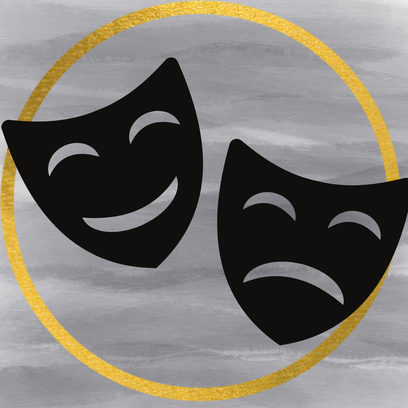 Both are feelings. Both arise from triggers. Sure, one makes you feel like you can fly while the other makes you want to vomit, but both are fleeting. Today, I am happy! Today, my book, Surviving Midas, launches after years of preparation and hard work! This is just step one of another journey, but I am thrilled to be starting out, seeking out the challenge! But I’m also not going to weigh the entire experience on this fleeting moment. Tomorrow might not be as great or things might get hard around month three. Here’s the deal though: this moment of happiness, of supreme joy is still worth having. I am thankful for this moment and I hope to have many more! I will not, however, measure my life on how many incidents of happiness come. I will not chase after this fleeting dose of dopamine. Something so fleeting cannot receive that much weight because the times of trouble will come–this is a fact–and the disturbance of the loss of happiness will be felt if importance has been ascribed to the feeling. So, I will look at it for what it is: temporary. And I will measure my life more accurately. Surviving Midas Launch day!!!! |
| Schizophrenia is probably the most well-known illness, as in most have heard about it, but do people really know what it looks like? Probably the best image brought up by the population is a homeless person walking around in circles talking to the air. It can be startling to encounter someone in the middle of an episode like that. Schizophrenics have a tendency to be more aggressive and hostile than the general population. But after working with several schizophrenics, I have less fear and more sadness for those suffering with this debilitating illness. |
My first up-close encounter with schizophrenia in the clinical setting was with Mary*. Mary was a well-known frequent flier of the psychiatric institute I was completing my nursing clinical hours in. I was given Mary’s file to read then sent to speak with her for an hour. Since my previous vision of schizophrenia was of homeless people walking talking to the air, I was quite nervous about even approaching Mary, let alone sitting in the drab stone-walled courtyard on a bench and chatting.
Mary, however, acknowledged me with a courteous nod. She never smiled at me, but she was never hostile or aggressive toward me. Instead, she talked about her life as I would expect anyone too, with earnestness about her life experiences. She had no verbal slurring or strange repetition of words. I could have walked up to this woman at Walmart and never known she was schizophrenic.
Mary told me all about her conniving sister who was hell-bent on destroying her life. If Mary had a chance at getting a job, her sister would call the manager and convince him not to hire her. When Mary tried to move away, her sister followed her to the next state over and continued to keep her under her thumb.

Everything you ate or drank was laced in parasites that would eat you from the inside out. The pills were laced too, which was why she was refusing to take hers.
Of course, very little of this (if any) was true. But Mary believed it was. Because everyone was out to get her, she had no hope of securing a good job, good employment, or establishing any lasting relationships in her life.
Then we have Johnnie*. Johnnie was a patient of mine at the hospital. He came in for a bacterial gut infection which we treated in half a week, but while he was in our care, the psychiatric hospital discharged him. Getting an empty bed in a psychiatric hospital is nearly impossible, but Johnnie was so unwell we could not discharge him to the streets either.

Johnnie was tied to his bed. Still screaming, still fighting. His wrists became sores from pulling against the restraints. He stayed in the hospital like that for a month.
Johnnie was pretty much non-communicative, but we can imagine his thoughts knowing how Mary thought. He thought we were trying to kill him, so we tied him to a bed. That helped.
Johnnie was just a little older than Todd. Similar dreams, similar hopes—like all of us, but this was his life. Terrified, trapped, and being harmed by the people who should be helping him.
Our system is broken.
And so is our view of mental illness. Yes, schizophrenics commit violent crimes more often than the general population, but they are victims of crimes more often too. What if someone raped Mary? She could report it, but would anyone believe her? What if someone beat up Todd? He could report it, but would someone think it was self-inflicted?
I don’t know what to do about our broken system. But I do know, as writers, we have a responsibility to portray characters accurately. So, think on this before you write a schizophrenic character. Are they flat and cartoon-like? Or do they have hopes, loves, and broken dreams as well?
*names changed
BRINGING BACK THAT LOVING FEELING . . . ABOUT BOOKS!
A reading specialiST and dyslexia therapist's take on why kids stop reading
Cheryl King

At this very moment, there must be a group of former students sitting around a reading circle and saying, “Hey, remember when Mrs. King taught us ‘Say Something’?” (Hat tip Kylene Beers, whose literacy expertise has kept my toolbox filled to the brim with fantastic resources.) Or there’s a young lady in a college writing course thinking, “Mrs. King was so right when she told us to read like a writer and write like a reader.” (I honestly can’t remember where I first learned this, but it has spread like wildfire in the world of literacy education.) And most definitely, somewhere there are young men who years ago claimed to be nonreaders and are now saying, “Man, I’m so glad Mrs. King had us do the ‘Tea Party’ before-reading strategy and then taught us Notice & Note.” (Again, hat tip Kylene Beers, and add in Bob Probst.)
No doubt these strategies, plus dozens more, are important when teaching struggling readers, but it’s unlikely any of those fantasy conversations are actually taking place. However, there is something else that may truly make a difference in young readers’ (and nonreaders’) lives. One of the common threads I’ve found as a literacy educator working in public schools is that around sixth grade, many students stop reading for pleasure. Even my eldest son, who grew up with his nose in a book and has never struggled with reading, dropped off of the Reading Is Fun bandwagon between sixth and seventh grade. When pressed for reasons, he always answered that school took the fun out of reading. With standardized reading passages and forced analyzing a story to death, it’s no wonder. But if that’s happening to strong readers, imagine the plummeting interest in pleasure reading of not-so-strong readers.
With this knowledge, one of my topmost goals each year in the classroom was to help bring back the love of reading for middle-school-aged kids. I studied and listened to and read such greats as Penny Kittle and Kelly Gallagher, I researched and learned and tried so many methods to achieving this goal, and I’d like to share three ideas:
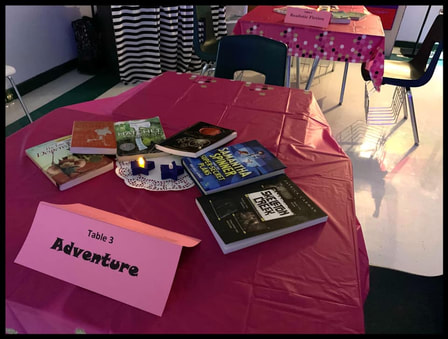
There is almost nothing that gets kids as excited about a book as when their teacher (or librarian or any family member) talks it up. Read an excerpt from your favorite part and tell them why you love it. Whenever I did this in the classroom, students were lined up to check out the book. And don’t be fooled – even teenagers enjoy being read to, though they may deny it. One of my favorite trends from the past few years is Classroom-Book-A-Day, which builds community in the classroom with a pleasure reading of a picture book each day.
2. Make it fun
Anything is better for kids if you turn it into a game. There is a reading game I found online called Bring Your Own Book. Everyone grabs a book, and you draw a card and read it out loud. The card may say something like, “A line from a teenager’s diary” or “A sentence in a fortune cookie,” and everyone flips through their book and skims for something that fits. They now have additional versions of the game, including a Scholastic one for younger readers.
3. Exposure, exposure, exposure It’s important to give kids exposure to a wide variety of reading material, from all genres of fiction to graphic novels to informational texts. One of the ways I loved to do this was to have a “Book Tasting.” I set up my classroom like a restaurant, and on the menu were collections of books of all types and reading levels. Kids got a few minutes at each table to sample the selections and write down their thoughts. In the end they had a bookmark with their top choices to refer to for independent reading time or library visits.
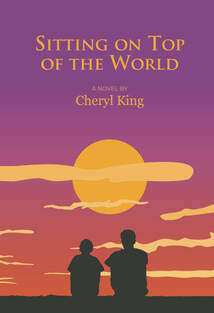
Sitting on Top of the World releases June 15 and is available on Amazon and Barnes and Noble .
Check out her author website, Cheryl King Writes Things and her
TeachersPayTeachers!
When I first wrote SURVIVING MIDAS, I thought ‘this is the greatest novel ever! People are going to love it!’ Actually, no. I didn’t think that. I thought it was crap, but it was the best crap I could produce. I had been down this publishing route before, spent more money than I’d like admit, and for nothing. My biggest fear is that it would happen again. So I did what I did not do last time: RESEARCH!
It’s amazing how many things you can learn if you just do a little research. I’m going to take you a bit on the journey that took me several years. If you are an experienced author, this probably won’t be new to you.
First off, I found out the press I went with last time was called a ‘vanity press’—a press that will print just about anything one sends them, but makes it sound like your novel was stupendous! Even if it’s littered with errors, plot holes and inconsistencies! I wrote another blog post on this if you are interested in this (not technically) scam. (click here for previous post). They prey on inexperience writers, getting them to pay for something they should be paid for. It’s a well-known racket too, but I was not plugged into a community of writers, so I had never heard of it. So the very next thing I did was get into a critique group.
I found my home on critiquecircle.com and have made several friends through that website. The site works on a point system where you receive points for critiquing someone else’s work so that you can post your own work. I put my first chapter up for review and immediately found out that it sucked. Like REALLY sucked. It was tough facing up to it, but I learned so much so quick! Then, as you critique other’s works, you begin to recognize mistakes and inconsistencies in your own work as well making you an excellent self-editor.
After getting my work critiqued (and swallowing my pride so I could make changes), I started the tedious and soul-crushing work of querying literary agents. I queried over 150 agents and I still do not have an agent. Here’s the deal: the barrier to entry is super high for writers. There are thousands of debut authors out there trying to gain the attention of a single literary agent. Publishing houses are looking for certain things, usually trending things. If your story is not on trend or so unique that a bookseller will have trouble setting it on the bookshelf, you will not get an agent.
My story is an older young adult novel dealing with drugs, trauma, abuse, and underworld crime bosses. It has a little romance, a few elements of literary fiction, and drama. It’s a lot. It doesn’t fit neatly into a box (and is far more unique than most things on the shelf today IMO). I’m marketing it as an older YA contemporary suspense. But you see my point: there’s not much on the market like it today.
So how did I get a publisher?
I participated in #PitMad on Twitter last November. You create a small blurb the length of a tweet and promote it all day in order to snag the attention of literary agents. Within fifteen minutes, City Limits Publishing liked my tweet, which is a request for querying. I did not receive another like from an agent the rest of the day.
I looked up City Limits Publishing. It is a small agency that opened in 2020. They publish a wide variety of books ranging from children’s to romance to mystery. I did not recognize any authors, and the literary agents I spoke too had not known of them. Keep in mind I have been scammed before, so my suspicions were on high alert. But they did not charge for publication and the royalties were higher than the general market.
I deliberated on this group for a long time. And finally, I gave them a chance.
And now my novel is coming out on August 24th!
So, what is the biggest fear I’m facing now with my publisher? Of course, the size of the press is concerning for the following reason: most of the marketing is going to fall on the author because of the small size of the platform; they might not be able to afford top of the line editors; the cover designs might be cheap. But go to City Limits Publishing and tell me what you think about their book covers. I think they’re gorgeous!
So what about marketing and editing?
City Limits is still a small press, so I’m going to have to do most of my marketing. Thankfully, the group has sent me a guide on developing social media presence, targeting audiences, designing websites, etc. and I’m actively doing all that. As it relates to editing, I don’t really know the quality of their editors because my piece did not require much editing! I mentioned my critique partners before. Thanks to their input, I had no plot holes and my scenes were written clearly. The story structure was intact, and received quite a bit of praise from the editing department about that!
Would I recommend all authors going indie? I honestly don’t know. It depends on what you want/can do. I could not afford to self-publish, so having someone pay for the creation of my book was important. I am doing most of the marketing, but in this day and age, who’s not? My book is not being put out by one of the Big 5 presses, but my percentage of royalties earned is much higher. My book will not be on the bookshelf in most of the big box stores, but will be available online for purchase at those outlets.
There are pros and cons to every method of publishing. This is still a risk, but so is all of life. But we make the most of it no matter what!
Society as a whole is getting better at understanding mental disorders and sympathizing with those who experience them. I believe that much of this advancement is due to the arts and the fictional portrayal of characters who live these experiences. Fiction is a mirror on society. As we tell our stories, our readers see themselves and those around them reflected back. Which is why I believe having our information about mental illnesses correct when trying to create characters is so important. That is why I have focused so heavily on what mental illnesses really look like in my blog. Today, I’m going to share you a gross overview of clinical depression and what it looks like in a person.
Feeling depressed is something everyone experiences on occasion whether that be through prolonged stress or just having a bad day. It’s not unusual to have a day when you simply don’t want to get out of bed. Generally, pressures of society keep us going and we force ourselves forward to meet our obligations. Often, those around us know we’re having a bad day because we are irritable and just generally unpleasant to be around. This, however, is not clinical depression. Clinical depression is characterized by at least 2 weeks of continuous depressed mood or loss of pleasure in nearly all activities as well as four of the following symptoms: “changes in appetite or weight, sleep; decreased energy; feelings of worthlessness or guilt; difficulty thinking, concentrating, or making decision; or recurrent thoughts of death or suicidal ideation, plans, or attempts” (Videbeck p. 281). These symptoms also impact social, occupational, or other important areas of functioning.
This last part is key, because it separates being sad and having a mental disorder. We all have periods of sadness whether it be from the loss of a loved one, a loss of a job, or broken heart, but depression impacts day-to-day living with a significant impact on the person’s life.
There are many causes of depression: chemical, hormonal, genetic, or depression can come from an extended period of grief. Short term depression if left untreated can lead to chronic depression.
Depression can occur in tandem with anxiety which I’ve written about extensively. Basically, the body has used up all its reserves for the anxiety, so it crashes. It is rare to see chronic anxiety without some form of depression.
Depression does not always look like one would think. It’s not just someone who sits around crying all the time feeling bad for themselves. I’ll paint a quick picture for you:
Anna lays facing the wall, staring at nothing as she has done for the past twelve hours. Outside her door, she hears her youngest squeal with laughter and the thud of footsteps chasing after her. Anna cringes as she draws the covers in closer. Why doesn’t the sound of my own child’s laugh make my smile? I’m a horrible person.
“Mama, would you like some dinner?”?” Joel, her oldest cracks open the bedroom door, but Anna continues to lie on her side in the dark away from the door. She shakes her head, and the door closes back.
Joel shouldn’t have to make his own dinner. I should have made it for him. I just—I feel so tired. Why do I feel so tired? And why can’t I sleep? I’m a worthless burden on my family. I should just end it all so they don’t have to put up with me.
And that is often the case with depression. It’s a lack of motivation, a lack of energy, of joy. It’s not that the person experiencing it is particularly lazy. They literally do not have any energy. This inability to function takes a toll on the person’s self-esteem and the depression feeds into itself making it worse and worse.
There are some treatment options for depression. Unfortunately, these do require some energy expenditure, and there is no guaranteed cure, just management. Sunlight, healthy foods, and better sleep patterns are some of the treatments, but consider a person like Anna who doesn’t want to eat. She lies in bed most of the day, but has trouble sleeping. In order to get sunlight, she has to have the energy to get out of bed. As you can see, the spiral of depression can swallow a person whole.
This does not mean a person should stay in the spiral. Yes, it’s hard living day to day without a functioning incentive-reward center in the brain, but if you don’t get out of the spiral, it will consume you. It will take a bit of faith to get up day after day, sometimes for a very long time without results. But those suffering from depression are not alone. Others have gone before them and succeeded.
Exercising, removing junk food from your life, treating the underlining conditions such as anxiety, and receiving therapeutic help are key to getting out of depression. But you are worth it. Your life is worth it. Get help. Surround yourself with people who will hold you accountable—not by belittling you or abusing you, but by supporting you and your efforts to get better.
I write this last bit to the writer themselves because I have seen many writers speak about their depression and their battles with mental health. Writing is not just for the entertainment of the masses. It can also be a pathway to healing for the writer themselves. As you create these characters living their struggles, reflect on your own life as well. How will Anna get out of the depression cycle? How will you?
Disclaimer: This is a writing blog and not intended to be used as a tool for diagnosing or treating anyone with mental illness.
Psychiatric-Mental Health Nursing, by Sheila L. Videbeck, fifth ed., Wolters Kluwer/Lippincott Williams & Wilkins, 2011.
I discuss some of this information during my personality series specifically on trait neuroticism, so if this is information that interests you, be sure to check out THIS ARTICLE to read more about this topic. As always, this information is not to be used for diagnosis or treatment in any capacity, but is only a guide for creative writing and character development.
If you have been exposed to any writing theory at all, then you are probably at least a little familiar with standard story structures. This is the form in which most stories go: First there’s an introduction followed by an inciting incident, then there’s the middle stuff as the character tries to manage the change in their world that was caused by the inciting incident. Everything comes to a head in the climax followed by the resolution. Now I’m going to describe this using what we’ve previously discussed in anxiety terms.

At some point in the story, a decision by your character, conscious or otherwise, needs to be made. Are they going to live in a continual state of anxiety? Or are they going to move forward and out of that state?
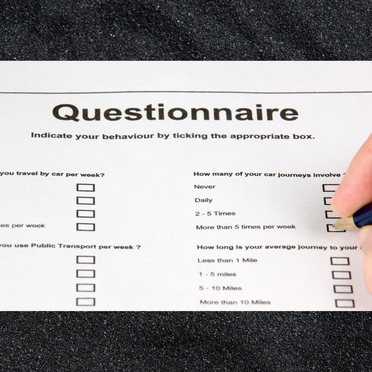
Of course, this is just a superficial representation of what is taking place in the broader story as a whole. Bruce Wayne experienced a trauma when his parents were murdered by members of the criminal underworld. For years, he struggled with the grief and fear of this event. Then he channeled his fears, became a criminal vigilante, and confronted them and defeated the criminal underworld.
It’s a simple formula, really, but it is scientifically and psychologically based and serves as a good formula to create story arcs and character arcs. If you can think of other stories that follow this similar pattern, please name them in the comments below.
In a following post, I’m going to be bringing all of this information together to show how you can use the mental health diagnosis of anxiety together to create a plot and character arc. I try to post weekly on Mondays, so if consider following my page if you haven’t already.
In modern medicine, clinicians generally use a combination of medications as well as cognitive behavioral therapy. I am not going to focus on this medication aspect because it is not relevant to the point I’m trying to make.
Often, the first part of treating anxiety is to realize it is taking place. Sometimes it can be hard to admit that anxiety is causing that racing heart sensation, the nausea, and the heart palpitations. Often a person will show up at the ER thinking they are having a heart attack before showing up at their therapist’s office. Or a person with chronic anxiety might turn to less healthy alternatives of stress management such as binge eating or drinking. In cases like OCD, they may participate in ritualistic compulsion practices. In cases like agoraphobia, they may refuse to leave the house.
In this day and age, we are getting better as a society that does not demean people with mental health related illnesses, but we have a long way to go. If a person who previously perceived others with mental health illnesses as weak or crazy, when they develop symptoms themselves, they can be very hard to accept. A major hit to their self-esteem or self-perception can occur. Acceptance may not occur, so the person keeps presenting to the hospital with the same symptoms, but refuses to see a therapist. All this needs to be taken into consideration as it relates to treatments for anxiety. It’s also little details you can add into your character’s profiles to make them more real.
In a controlled environment such as a therapist’s office, the therapist will probably teach their client relaxation techniques to manage their anxiety symptoms when they arise. They will probably discuss different triggers that cause the anxiety to flare up. These triggers might phobias such as claustrophobia or the thought of eating in an anorexic patient. Together, the therapist and client will formulate a plan on how to face these triggers without having an anxiety related response.
For an example, we’ll us a woman with claustrophobia, specifically a fear of elevators. They are probably also afraid of closets, cars, and other tight quarters, but there’s an elevator down the hall so it’s the most convenient problem to deal with at the moment. The therapist may try ‘systematic desensitization’ where the therapist exposes the client to the threatening object in gradually increasing intensities (Videbeck p. 241). For example, they may spend a session looking at pictures of elevators on the computer. Next session, they may stand ten feet from the elevator and watch as it opens and closes while people get in and out. Then they take a peek inside the elevator. Basically, these steps are performed until the client is bored of them—which is the mind’s way of saying something is thoroughly processed. Finally, the client is able to step inside the elevator, not without fear, but without having a full-blown panic attack. They survive their small trip unscathed. This does not mean that elevator rides will be easy from now on. In fact, the client will still probably be scared of elevators, but they, themselves, will be braver. The key to this, however, is that the person must face the fear willingly. If the therapist drags them down the hall and shoves them into an elevator, the effects will be disastrous.
Often, this bravery translates into other parts of their life as well. They’re still scared to go to the grocery store, but they survived the elevator and are willing to give the shopping trip a try. They’re still afraid of their overbearing husband, but are willing to stand up to him for once. In the end (theoretically) the client become a braver person overall.
Thing is though, the overbearing husband might not like this change in their wife. They may have preferred being the strong, controlling man with the mouse-like wife. (Think Carol in the Walking Dead). Maybe she will have the courage to leave him. Or, perhaps the husband will have the courage to go to therapy themself to find out why they are the way they are. Who knows? It’s your story.
Next post I’m going to bring together all the elements of my previous posts on anxiety and show how you can use them to create a story/character arc.
Psychiatric-Mental Health Nursing, by Sheila L. Videbeck, fifth ed., Wolters Kluwer/Lippincott Williams & Wilkins, 2011.
Author
RW Hague is a registered nurse with over eight years of experience within the medical field. Using her medical expertise, she writes stories that are gritty and compelling.
Hague obtained her Associate's Degree in Nursing Science at Chattanooga State Technical Community College and later obtained her Bachelor's at East Tennessee State University. She has experience in med-surg, urology, nephrology, home healthcare, neuro-intensive care, and education. Currently, Hague teaches nursing students at a local university and lives on a mini-farm with her husband, toddler son, clever dog, loveable cat, and growing number of chickens and ducks.
Archives
November 2023
May 2023
March 2023
December 2022
November 2022
August 2022
July 2021
June 2021
May 2021
April 2021
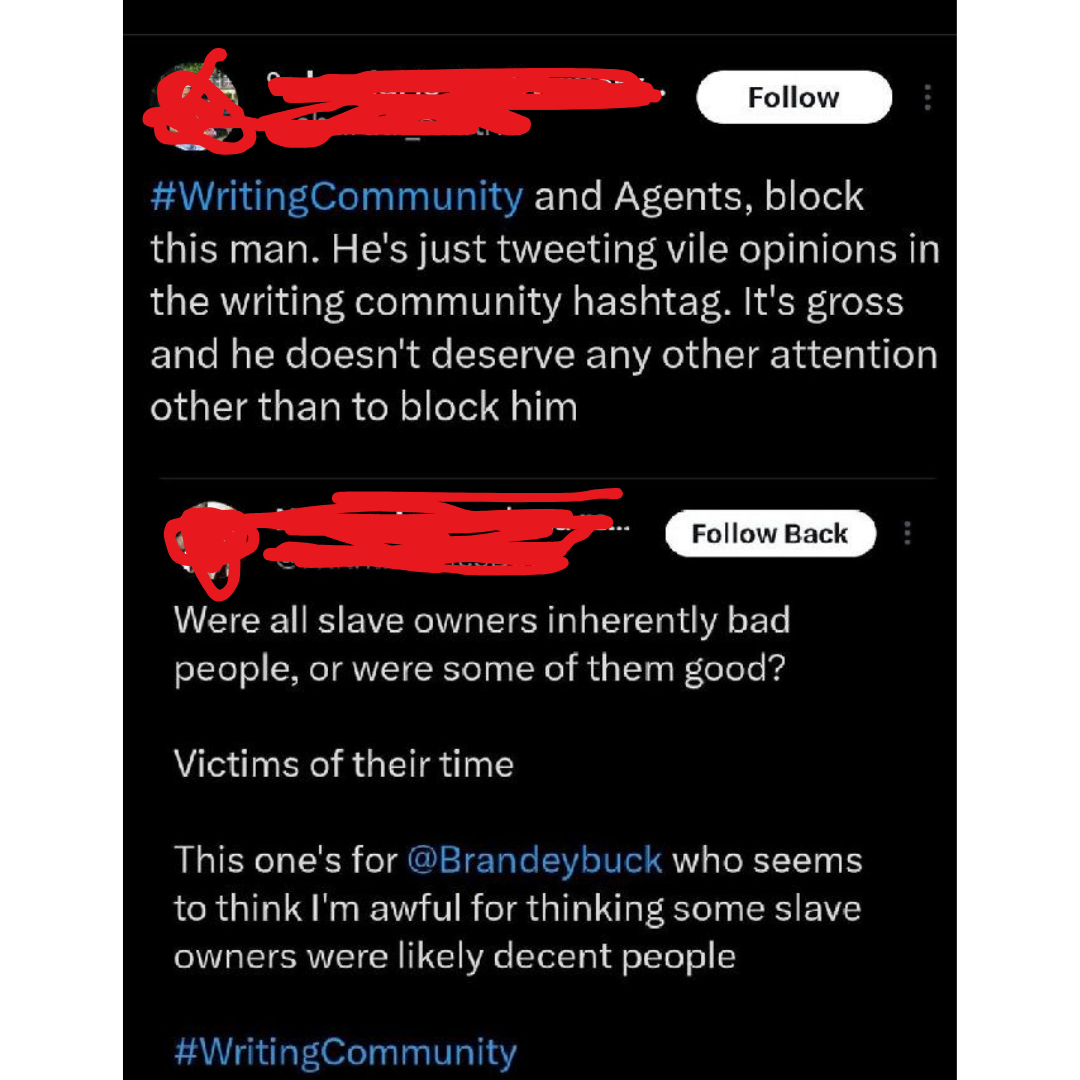
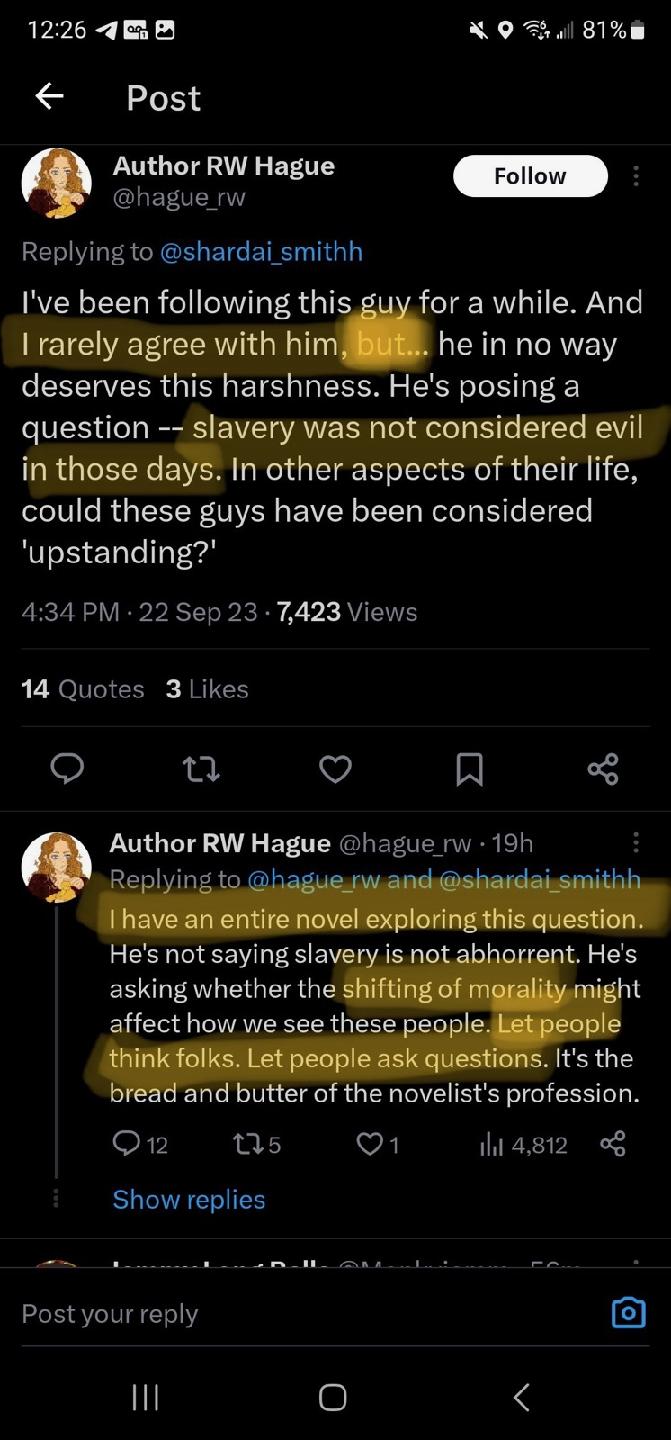
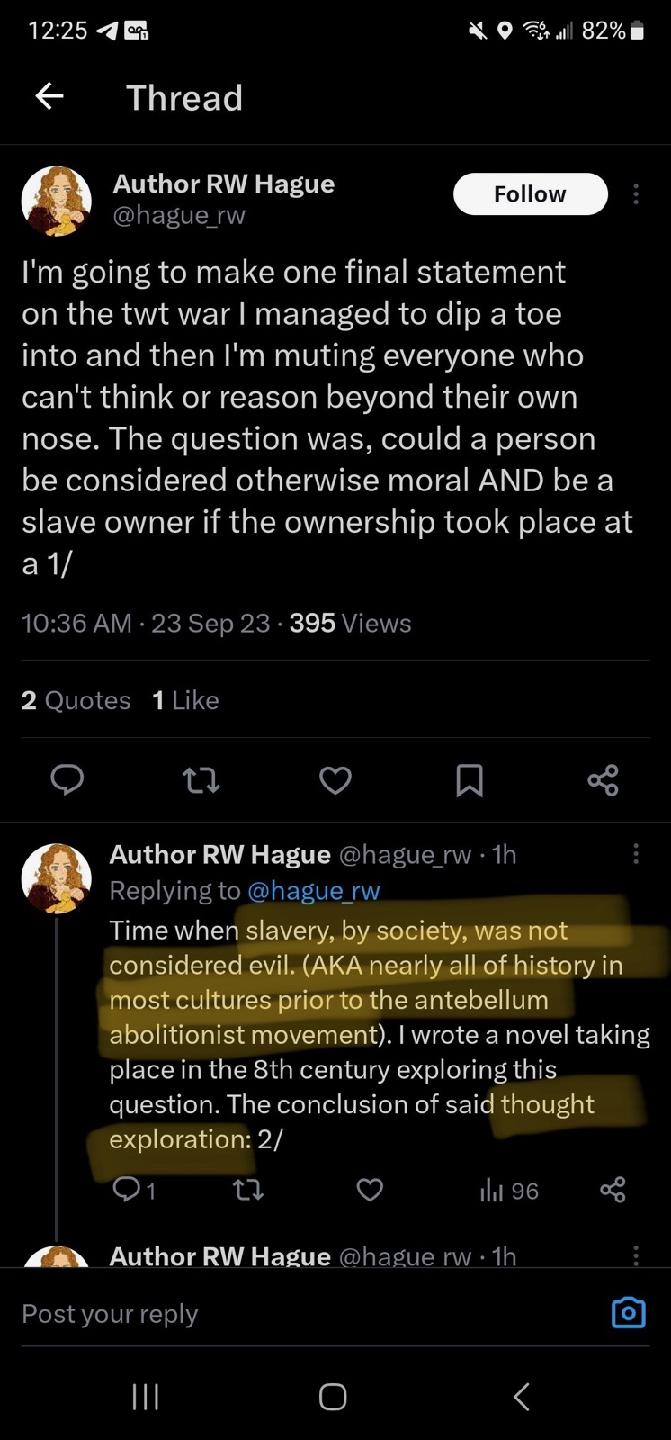
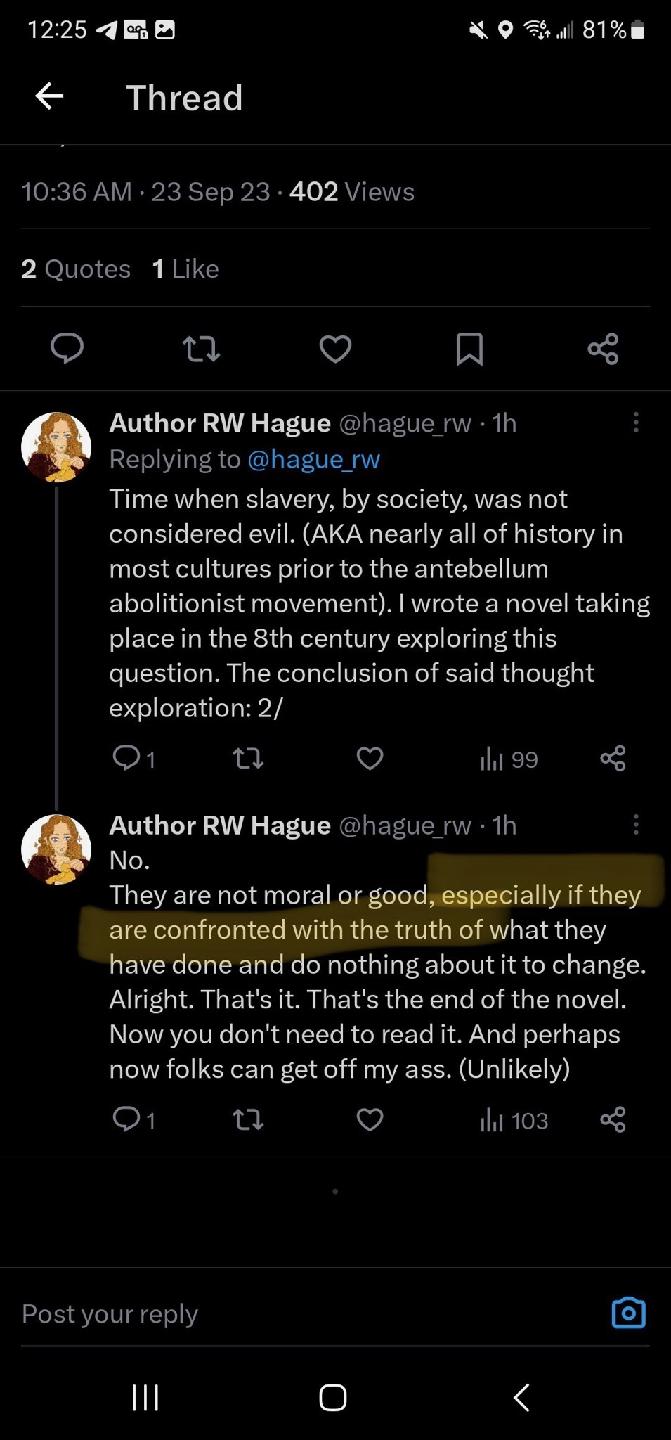

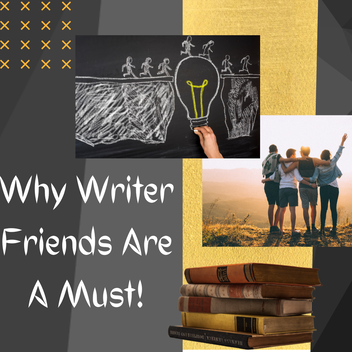


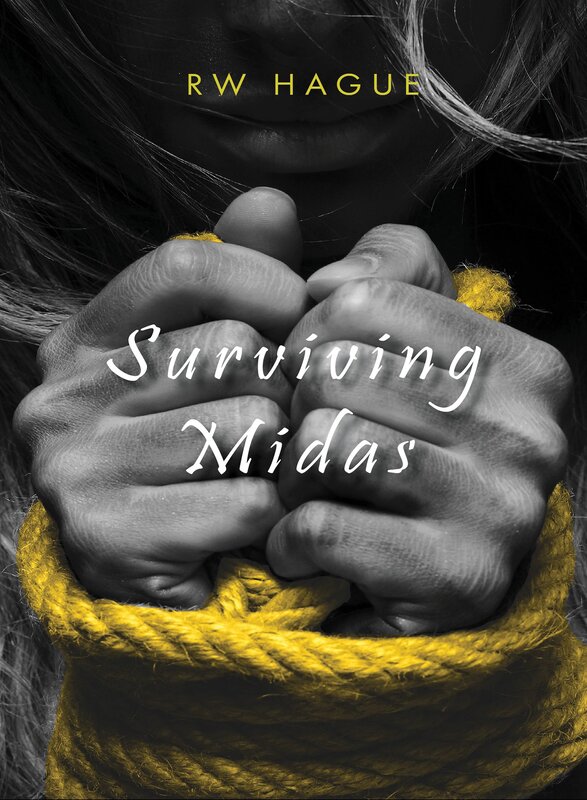

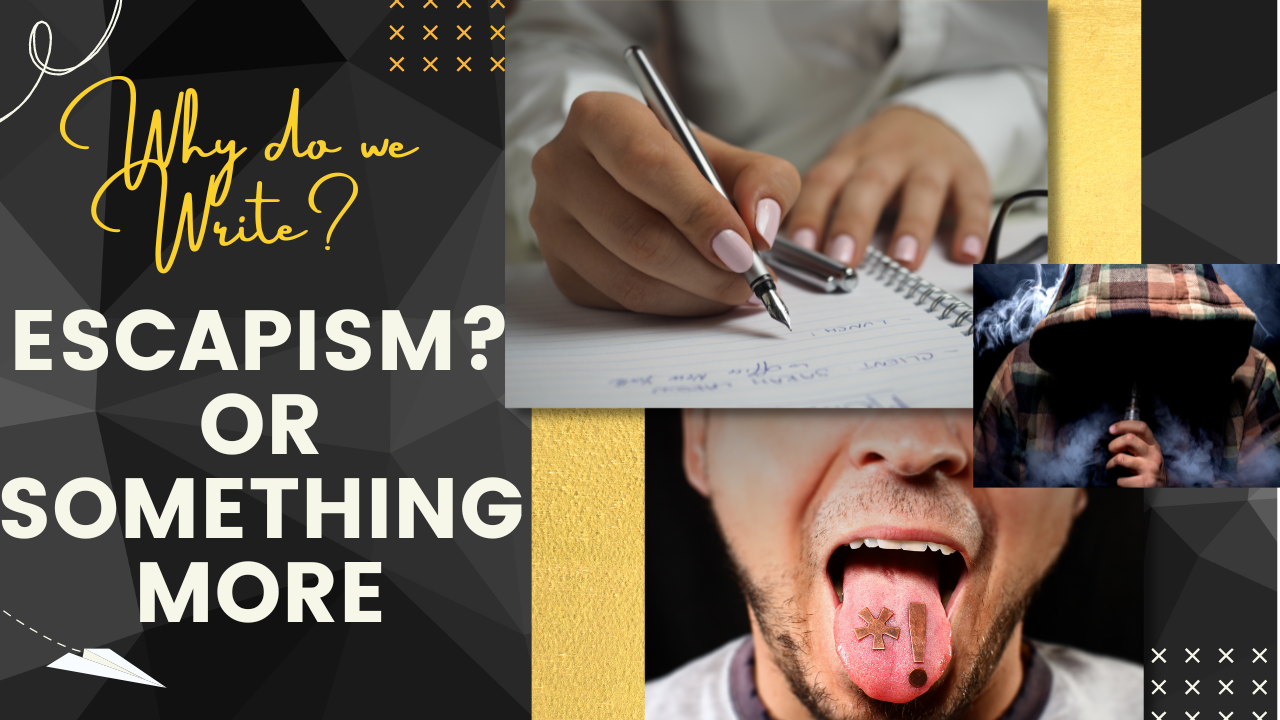


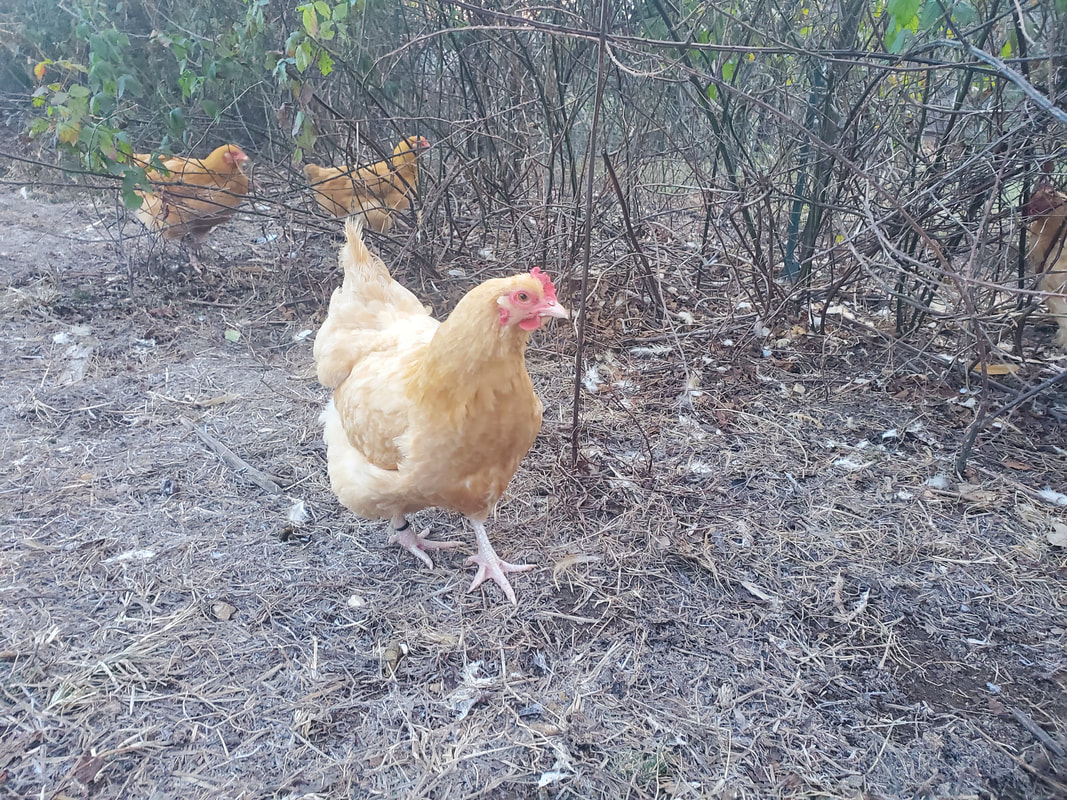
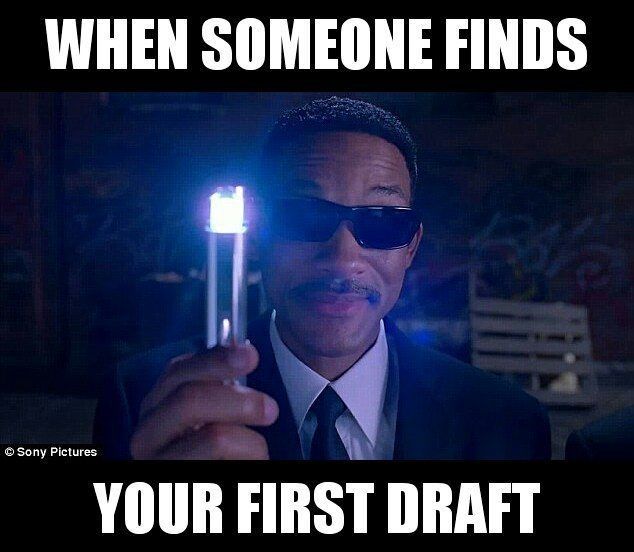


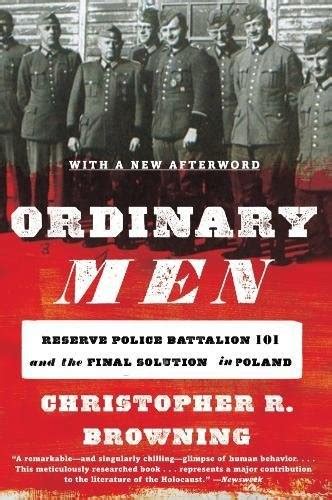
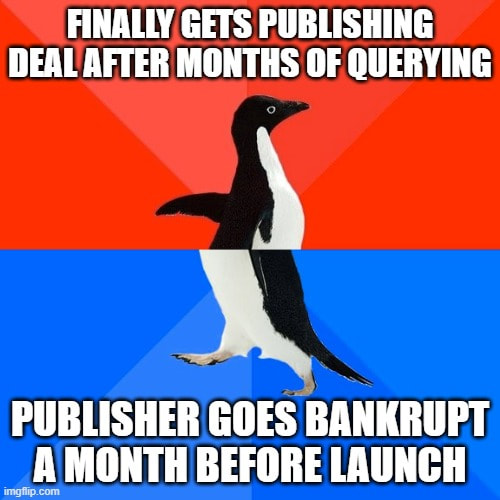


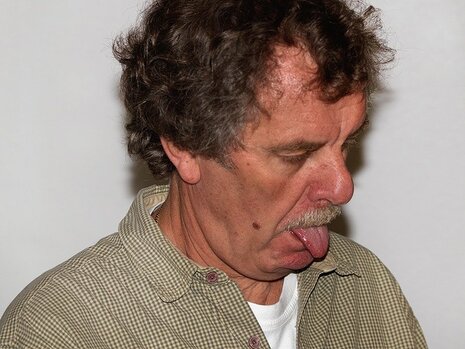


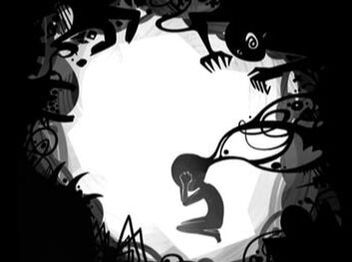
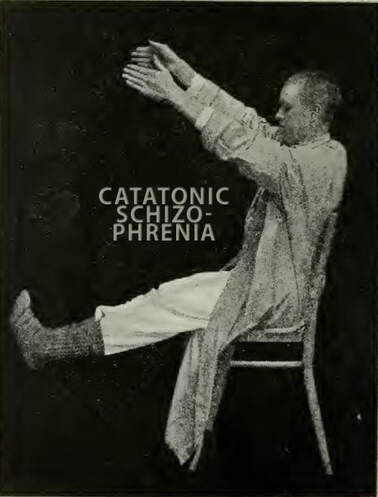
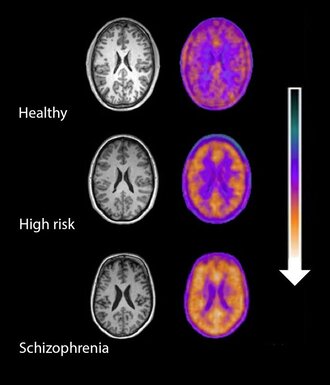
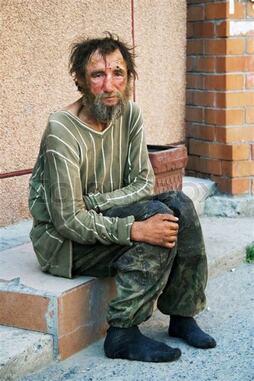
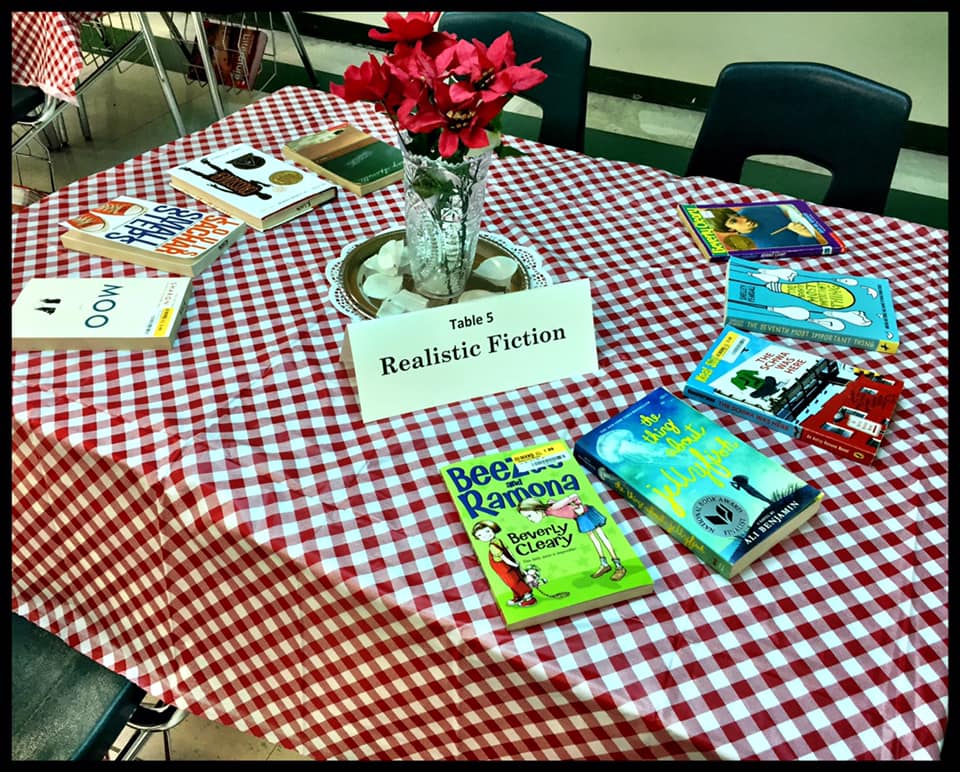
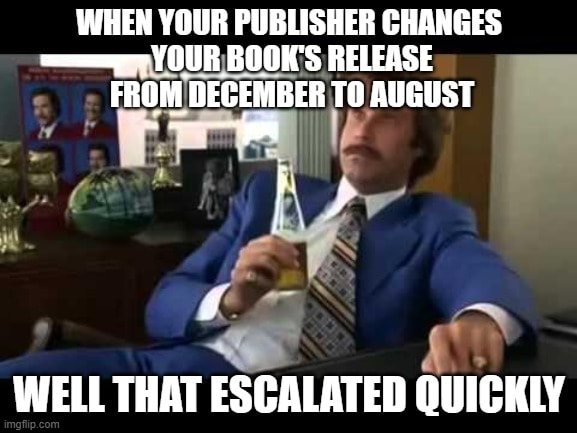
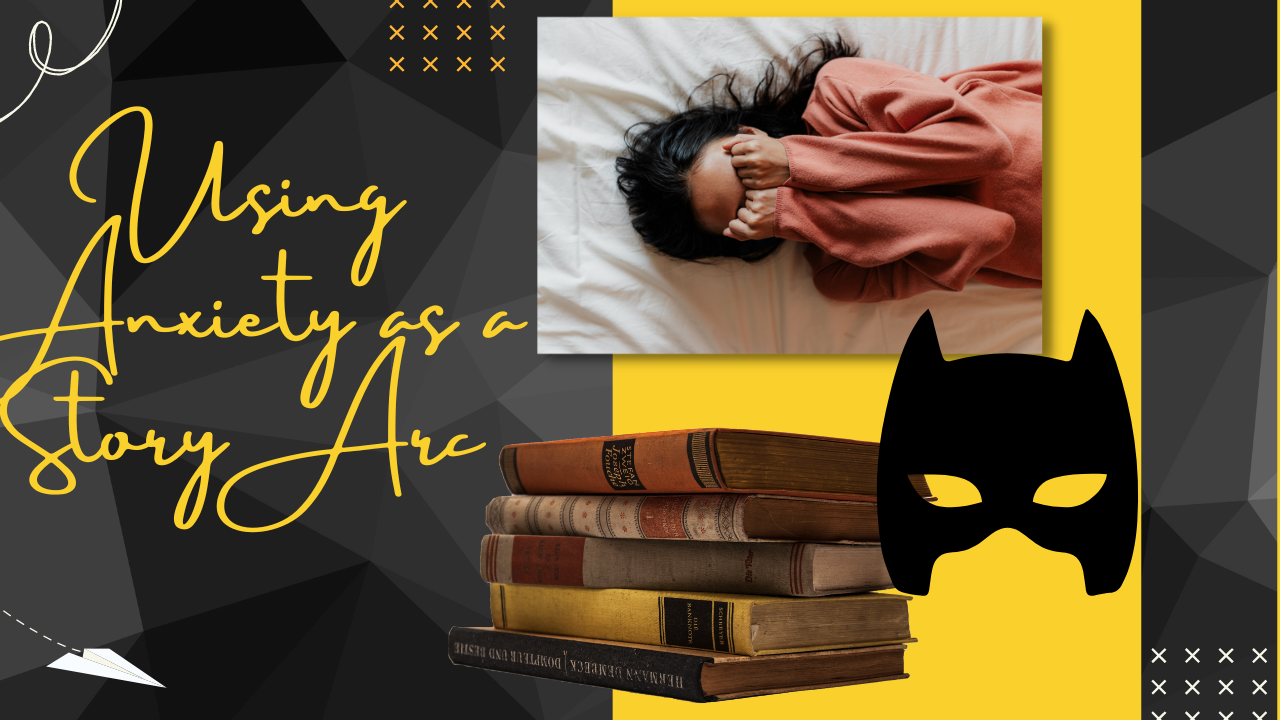
 RSS Feed
RSS Feed